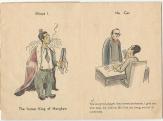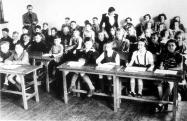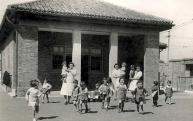2024. May 4. Saturday
Budapest History Museum - Budapest
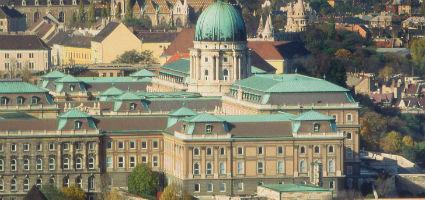 |
Address: 1014, Budapest Szent György tér 2.
Phone number: (1) 487-8800, (1) 487-8801
E-mail: btm@mail.btm.hu
Opening hours: Tue-Sun 10-18
|
The exhibition has closed for visitors.
2014.06.27. - 2014.09.07.
Museum tickets, service costs:
|
Ticket for adults
|
2000 HUF
|
|
|
Ticket for students
|
1000 HUF
|
|
|
Group ticket for students
(over 10 people)
|
500 HUF
|
|
|
Ticket for pensioners
|
1000 HUF
|
|
|
Ticket for families
|
2200 HUF
|
/ family
|
|
Group guide
(up to 20 people)
|
7000 HUF
|
|
|
Group guide
(20-30 people)
|
9500 HUF
|
|
|
Group guide
|
14000 HUF
|
|
|
Group guide
|
18000 HUF
|
|
|
Audio guide
|
1200 HUF
|
|
|
Photography
|
1000 HUF
|
In 1933 Jewish refugees started to arrive in Shanghai from Germany and other Nazi-occupied countries. The massive influx peaked in 1939 and ended on December 8, 1941 when Shanghai was cut off from the outside world due to the outbreak of World War II. It is estimated that at least 18,000 Jews made their way to Shanghai where they led a tough but free life.
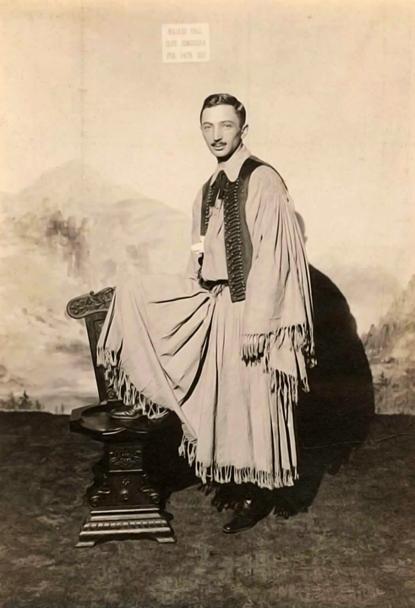
In July 1942, Nazi Germany sent a representative to Shanghai to propose their “Final Solution” to the Japanese authorities. As a compromise, the Japanese proclaimed a “Designated Area for Stateless Refugees” in Hongkou District (formerly called “Hongkew”), and forced all of the Jewish refugees into this area. This put the Jewish refugees and the preexisting Jewish communities in Shanghai in great distress once again. Ultimately, however, almost all Jewish refugees in Shanghai survived the Holocaust and World War II, thanks to the generous help of the local Chinese people.
Hungary’s Consul Royal Paul Komor (1886–1973) served as Honorary Secretary of what became known as the Komor Committee. From August 1938 until January of 1942, the Committee provided humanitarian assistance to several thousand Central and East European Jews who fled Hitler to Shanghai, the only world port that did not require an entry visa. Born in Budapest, Komor had come with his family to Shanghai in 1898. When the refugees began arriving, Komor drew upon his extensive social and business contacts to raise money for food, milk, coal, housing, nursery and kindergarten services, and employment for the displaced and depressed, some of whom found work with the Committee. Komor paid the Committee staff but took no compensation.
The history of Jewish refugees in Shanghai is unusual. This history tells us how the Chinese people and the Jewish refugees of Shanghai defended themselves from a fascist atrocity while still maintaining their dignity. Their stories are full of love and care for each other through much adversity.. We remember this history because it has created a special emotional bond between the Chinese and the Jewish people while bearing the evidence of Chinese virtues.
The Shanghai Jewish Refugees Museum was built in 2007 in the former “Designated Area for Stateless Refugees”. The Museum, which includes an abundance of historical records, now serves as a witness to the history of the Jewish Refugees in Shanghai.
This exhibition, Escape to Shanghai, is about love and tolerance. We hope this exhibition will warn off any similar tragedies in the future.

In July 1942, Nazi Germany sent a representative to Shanghai to propose their “Final Solution” to the Japanese authorities. As a compromise, the Japanese proclaimed a “Designated Area for Stateless Refugees” in Hongkou District (formerly called “Hongkew”), and forced all of the Jewish refugees into this area. This put the Jewish refugees and the preexisting Jewish communities in Shanghai in great distress once again. Ultimately, however, almost all Jewish refugees in Shanghai survived the Holocaust and World War II, thanks to the generous help of the local Chinese people.
Hungary’s Consul Royal Paul Komor (1886–1973) served as Honorary Secretary of what became known as the Komor Committee. From August 1938 until January of 1942, the Committee provided humanitarian assistance to several thousand Central and East European Jews who fled Hitler to Shanghai, the only world port that did not require an entry visa. Born in Budapest, Komor had come with his family to Shanghai in 1898. When the refugees began arriving, Komor drew upon his extensive social and business contacts to raise money for food, milk, coal, housing, nursery and kindergarten services, and employment for the displaced and depressed, some of whom found work with the Committee. Komor paid the Committee staff but took no compensation.
The history of Jewish refugees in Shanghai is unusual. This history tells us how the Chinese people and the Jewish refugees of Shanghai defended themselves from a fascist atrocity while still maintaining their dignity. Their stories are full of love and care for each other through much adversity.. We remember this history because it has created a special emotional bond between the Chinese and the Jewish people while bearing the evidence of Chinese virtues.
The Shanghai Jewish Refugees Museum was built in 2007 in the former “Designated Area for Stateless Refugees”. The Museum, which includes an abundance of historical records, now serves as a witness to the history of the Jewish Refugees in Shanghai.
This exhibition, Escape to Shanghai, is about love and tolerance. We hope this exhibition will warn off any similar tragedies in the future.

